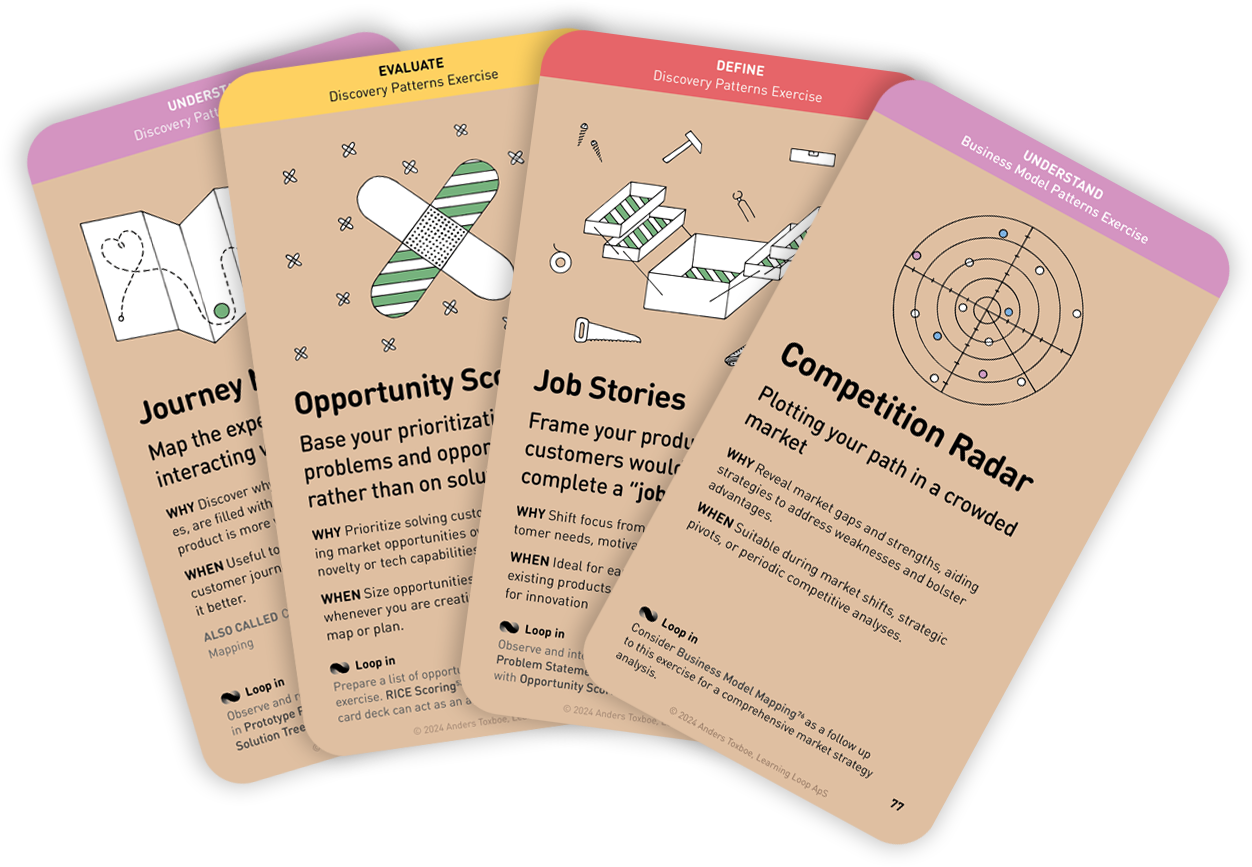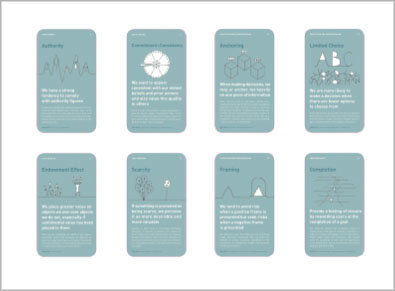Workshop Exercises: Decision
Timeboxing
Help groups stay focused and on track by limiting time for discussion

Why: Time constraints prompt focus and regular re-evaluation to ensure right direction, enabling easy course correction
When: Use when you need to manage time effectively and maintain a structured flow of discussions and activities
Instructions for running this play
- Agree on the goal of the timeboxing sprint. You should only start a timebox knowing exactly what you’re trying to achieve in the time period, and that everyone participating has agreed to give it a try. Be clear about what goals and tasks aren’t included in the timebox.
- Allot 10 minutes or less to a timebox (more depending on the complexity of the task and the fidelity of the result required). Make sure there’s just enough time before the task to agree to your plan, and after the task to evaluate what happened.
- Use Roman Voting to determine whether a group has reached their objective. At the end of the time box, you should be able to say with certainty whether you accomplished what you’d intended or not, and why. If not, consider extending the timebox with additional minutes.
Tips to perfect this play
Master and adapt the play to fit your context and needs.
Tip: More time means less focus
The more time you allot to a time box, the less likely you’ll be able to focus on finishing the task.
A collection of workshop exercises that will help you ditch dull meetings and facilitate with confidence. It will help you master the design process and have more productive time with your team. The card deck will be ready for purchase in the end of 2026 and is now undergoing rigorous testing.
Reserve your deck!- Use Roman Voting And Timeboxing To Focus The Conversation by Retrium
- How To Do Timeboxing Right by David Sherwin

